Latest

Soy protein fuels the future of eco-friendly solid-state batteries
The world’s most grown legume could be used to make the batteries of the future.
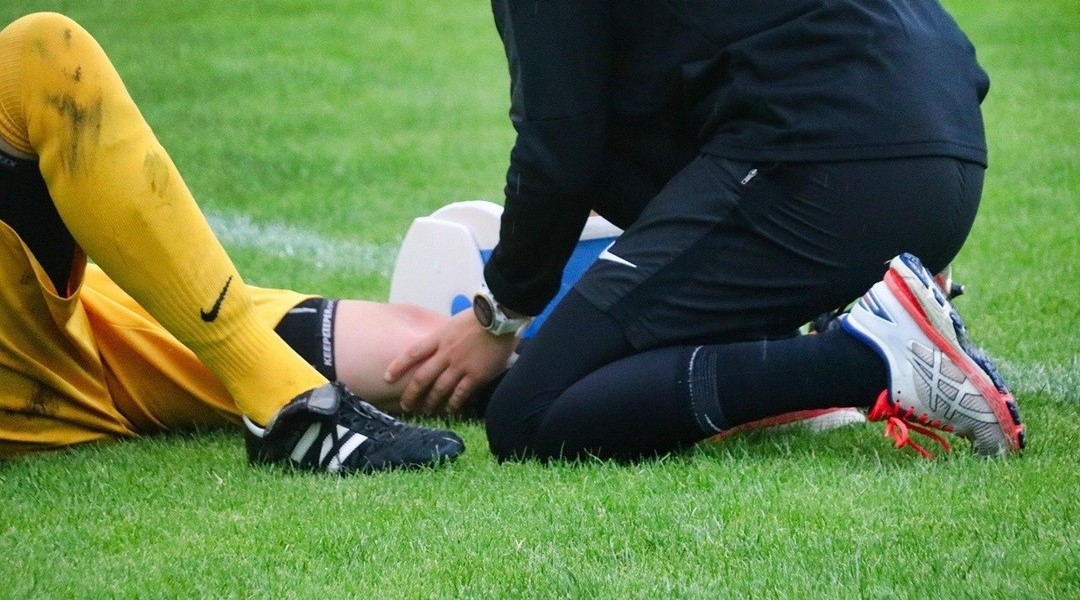
Self-Healing Hydrogels Could Help Injured Ligaments Regenerate
Cell-laden hydrogels could promote tissue regeneration while avoiding immune rejection.

Quantum router preserving delicate photon states may advance quantum technologies
Low-loss router based on an interferometer preserves polarization while directing single photons and entangled pairs.

Edible electronics realize safe, complex monitoring devices
Edible electronics from non-toxic materials enable complex ingestible devices for healthcare and food monitoring.
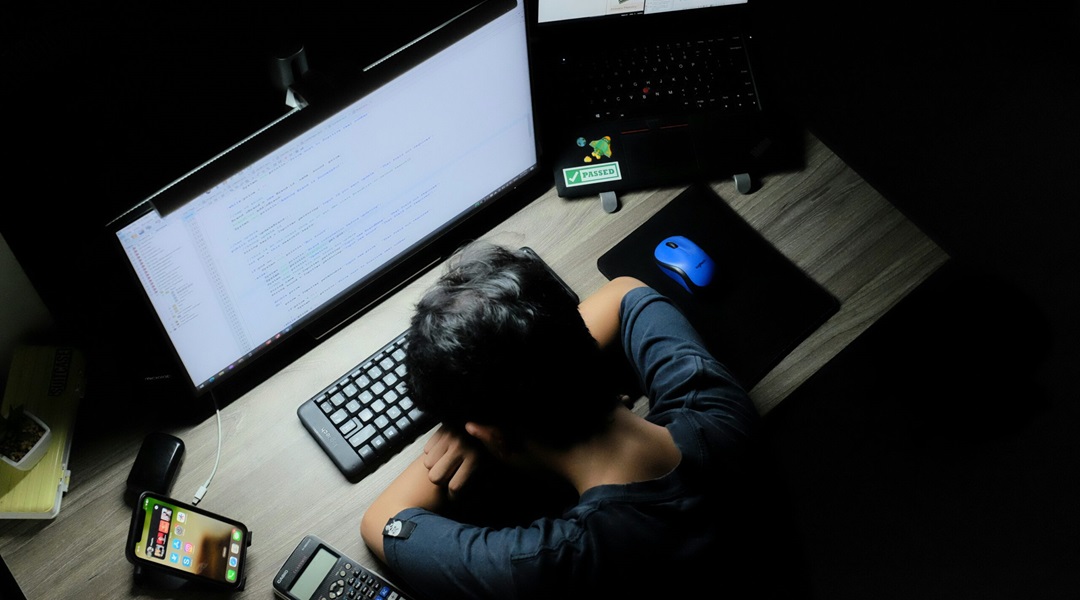
Metabolic–Epigenetic Link Between Sleep Deprivation and Immune Dysregulation
Sleep deprivation alters immune cell metabolism, causing changes to epigenetics through lactylation, triggering immune dysregulation.
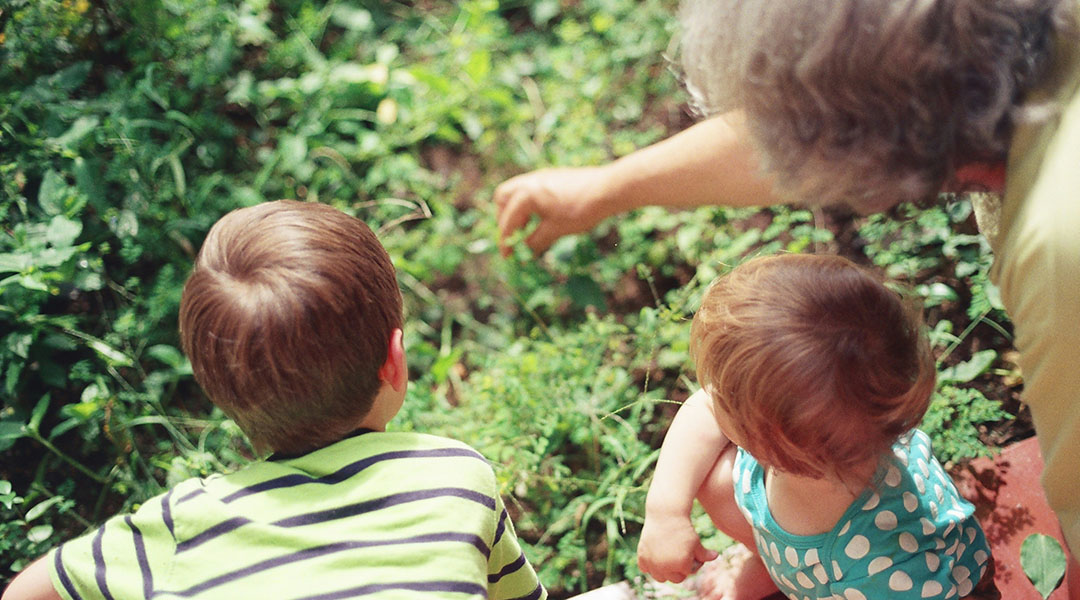
Immune resilience gene signature could hold the key to healthy aging
High levels of a certain biomarker gives people a survival advantage, study finds.
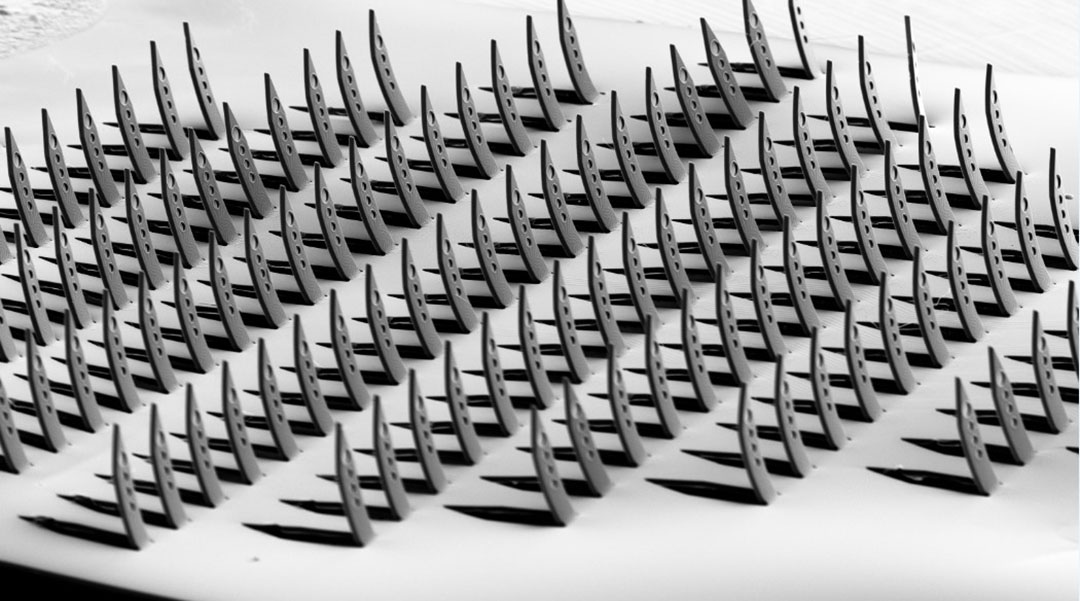
Kirigami-inspired neural probes are a cut above
The flexible and foldable 3D probes were surprisingly durable when inserted into brain tissue to map the deep functioning of neurons.
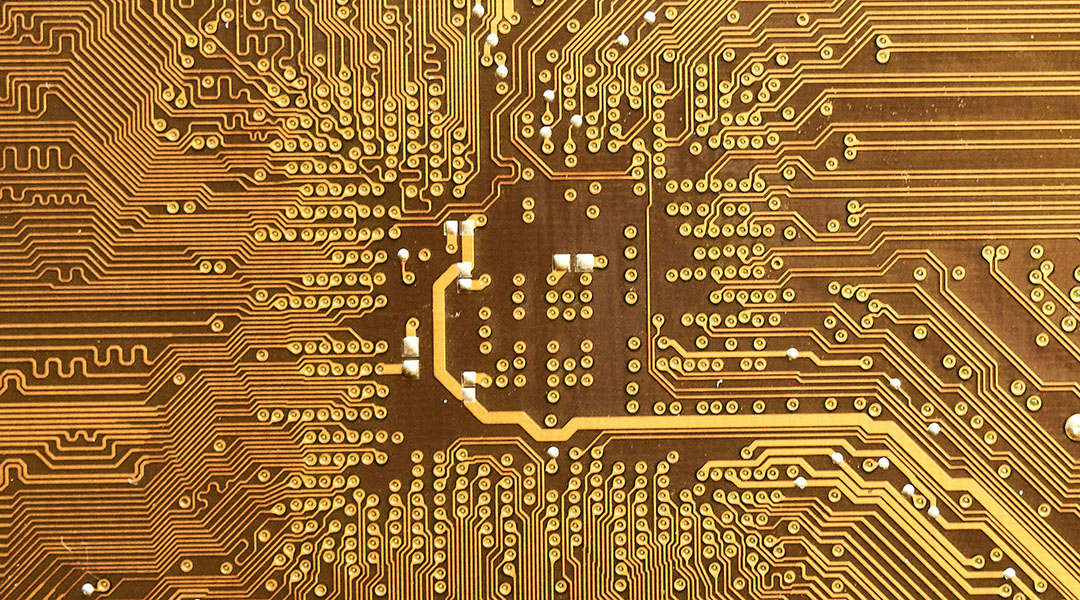
Working close to robots could be safer with cutting-edge Kirigami e-skin
The sensitive e-skin robotic coating applies ultrasonics and AI while taking its inspiration from the Japanese art of Kirigami.
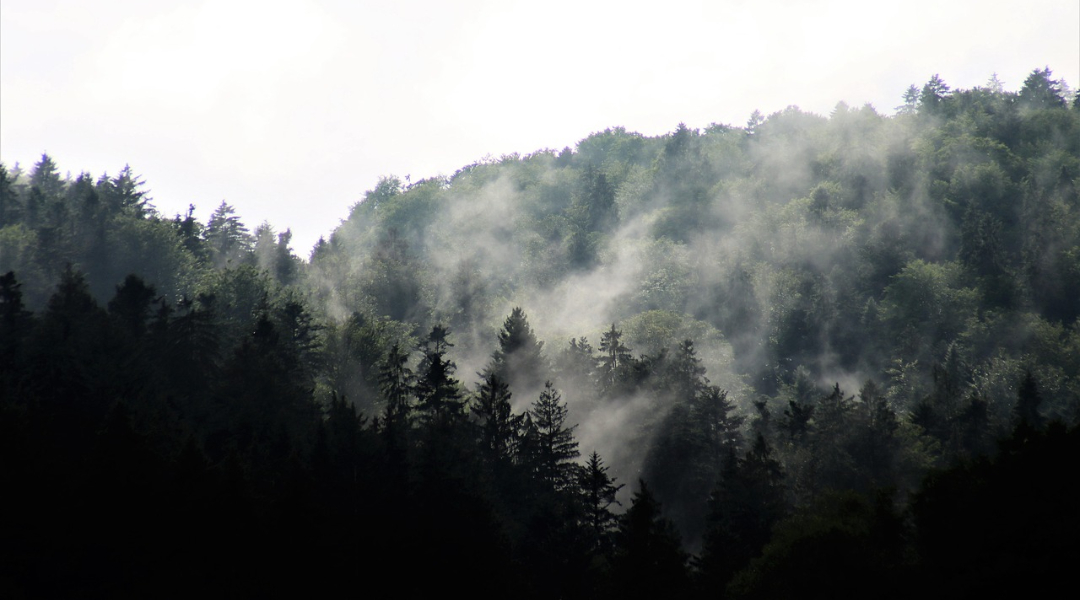
Water-powered gadgets may be on the horizon thanks to new evaporation-based energy device
Scientists created an “evapolectrics” generator that draws power directly from water evaporation, offering a sustainable, battery-free energy source from humidity.
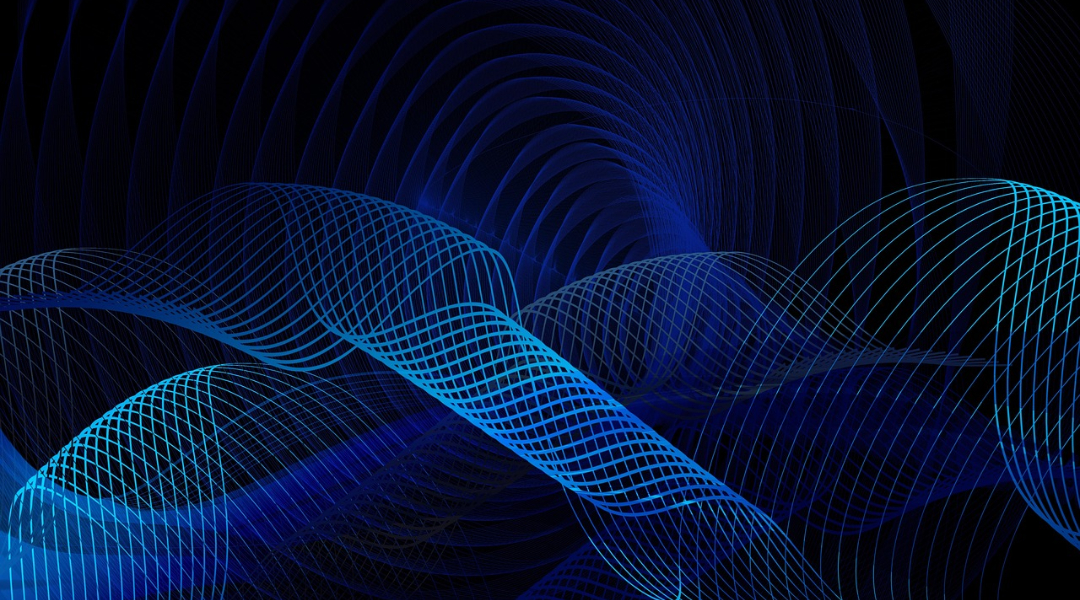
New theory suggests gravity is not a fundamental force
A new theory proposes gravity isn’t a fundamental force but emerges from quantum electromagnetic interactions, potentially reshaping our view of spacetime itself.
ASN Newsletter
Sign up for our newsletter and receive the latest science news directly to your inbox.

Two-in-one nanomedicine delivers antiviral treatment and immediate vaccine-like protection
The quasi-vaccine could help healthcare workers weather a virus outbreak in the future.

Organic materials bring probabilistic computing closer to reality
Scientists created flexible probabilistic bits from custom polymers, offering a new, energy-efficient path for AI and machine learning using classical physics.

Self-interacting inflaton particles may reshape our picture of the early universe
Subtle inflaton interactions may reshape our understanding of cosmic inflation, altering predictions about dark matter, black holes, and gravitational waves.

New fuel cell is equipped with gills for autonomous underwater vehicles
A fish-inspired fuel cell concept could provide a cost-effective alternative to batteries in underwater vehicles.

Ultra-dense electron beams set the stage for breakthroughs in physics and technology
SLAC scientists created ultra-dense electron beams with five times the peak current, using infrared lasers to unlock new frontiers in physics and materials research.

Bone loss in obesity traced to gut microbiota
Obesity changes gut microbiota, causing immune cells to age prematurely and secrete a protein which weakens bones

Turning Periods into Power: Menstrual Blood a Valuable Resource for Medical Diagnostics
Wearable sensors help women analyse menstrual blood for affordable, non-invasive health monitoring.

Immune resilience gene signature could hold the key to healthy aging
High levels of a certain biomarker gives people a survival advantage, study finds.

Kirigami-inspired neural probes are a cut above
The flexible and foldable 3D probes were surprisingly durable when inserted into brain tissue to map the deep functioning of neurons.
Bone loss in obesity traced to gut microbiota
Obesity changes gut microbiota, causing immune cells to age prematurely and secrete a protein which weakens bones
Turning Periods into Power: Menstrual Blood a Valuable Resource for Medical Diagnostics
Wearable sensors help women analyse menstrual blood for affordable, non-invasive health monitoring.
Immune resilience gene signature could hold the key to healthy aging
High levels of a certain biomarker gives people a survival advantage, study finds.
Kirigami-inspired neural probes are a cut above
The flexible and foldable 3D probes were surprisingly durable when inserted into brain tissue to map the deep functioning of neurons.

New theory suggests gravity is not a fundamental force
A new theory proposes gravity isn’t a fundamental force but emerges from quantum electromagnetic interactions, potentially reshaping our view of spacetime itself.

Organic materials bring probabilistic computing closer to reality
Scientists created flexible probabilistic bits from custom polymers, offering a new, energy-efficient path for AI and machine learning using classical physics.

Self-interacting inflaton particles may reshape our picture of the early universe
Subtle inflaton interactions may reshape our understanding of cosmic inflation, altering predictions about dark matter, black holes, and gravitational waves.

Ultra-dense electron beams set the stage for breakthroughs in physics and technology
SLAC scientists created ultra-dense electron beams with five times the peak current, using infrared lasers to unlock new frontiers in physics and materials research.
New theory suggests gravity is not a fundamental force
A new theory proposes gravity isn’t a fundamental force but emerges from quantum electromagnetic interactions, potentially reshaping our view of spacetime itself.
Organic materials bring probabilistic computing closer to reality
Scientists created flexible probabilistic bits from custom polymers, offering a new, energy-efficient path for AI and machine learning using classical physics.
Self-interacting inflaton particles may reshape our picture of the early universe
Subtle inflaton interactions may reshape our understanding of cosmic inflation, altering predictions about dark matter, black holes, and gravitational waves.
Ultra-dense electron beams set the stage for breakthroughs in physics and technology
SLAC scientists created ultra-dense electron beams with five times the peak current, using infrared lasers to unlock new frontiers in physics and materials research.

Quantum router preserving delicate photon states may advance quantum technologies
Low-loss router based on an interferometer preserves polarization while directing single photons and entangled pairs.

Edible electronics realize safe, complex monitoring devices
Edible electronics from non-toxic materials enable complex ingestible devices for healthcare and food monitoring.

Tactile sensors from mechanical metamaterials for sensitive wearables and prosthetics
Engineers have developed tactile sensors with increased sensitivity, thanks to auxetic mechanical metamaterials.

Tactile sensors from mechanical metamaterials for sensitive wearables and prosthetics
Engineers have developed tactile sensors with increased sensitivity, thanks to auxetic mechanical metamaterials.
Quantum router preserving delicate photon states may advance quantum technologies
Low-loss router based on an interferometer preserves polarization while directing single photons and entangled pairs.
Edible electronics realize safe, complex monitoring devices
Edible electronics from non-toxic materials enable complex ingestible devices for healthcare and food monitoring.
Tactile sensors from mechanical metamaterials for sensitive wearables and prosthetics
Engineers have developed tactile sensors with increased sensitivity, thanks to auxetic mechanical metamaterials.
Tactile sensors from mechanical metamaterials for sensitive wearables and prosthetics
Engineers have developed tactile sensors with increased sensitivity, thanks to auxetic mechanical metamaterials.

Common bacteria could be used to produce biodegradable bioplastics
Engineered Escherichia coli bacteria could be used to make sustainable biobased plastics.

Microplastics could be hotspots for antimicrobial resistance
Microplastics facilitate a “super slime” that is resistant to antibiotics, sparking concern about antibiotic resistance in heavily polluted areas.

Molecules found in wood could make pesticides more efficient
Scientists in Finland have developed a method that can achieve a tenfold increase in pesticide retention on farmed crops.

The hidden cost of human disturbance on California’s sea otters
A comprehensive study by Sea Otter Savvy reveals the significant energy costs of human disturbance on sea otters, highlighting the need for better conservation practices to protect these vulnerable marine mammals.
Common bacteria could be used to produce biodegradable bioplastics
Engineered Escherichia coli bacteria could be used to make sustainable biobased plastics.
Microplastics could be hotspots for antimicrobial resistance
Microplastics facilitate a “super slime” that is resistant to antibiotics, sparking concern about antibiotic resistance in heavily polluted areas.
Molecules found in wood could make pesticides more efficient
Scientists in Finland have developed a method that can achieve a tenfold increase in pesticide retention on farmed crops.
The hidden cost of human disturbance on California’s sea otters
A comprehensive study by Sea Otter Savvy reveals the significant energy costs of human disturbance on sea otters, highlighting the need for better conservation practices to protect these vulnerable marine mammals.

Rose Marks, a botanist studying resurrection plants
Rose Marks uses her climbing skills in remote regions of South Africa to study how water-deprived plants might help develop drought-tolerant crops.

Shira Joudan, tackling PFAS and environmental contaminants with chemistry
Chemist Shira Joudan discusses environmental contaminants, setting up at a new university, and building a supportive community.

How a gut-on-a-chip is getting to the bottom of our gut’s microbiome
This artificial gut will allow scientists to gain deeper insights into the biome that exists there and how dysregulation can lead to disease.

Athina Anastasaki: New ways to recycle old polymers
Polymer chemist Athina Anastasaki talks about establishing her career, inroads into polymer recycling, and resilience in academia.







